On April 2, 2025, President Donald Trump announced new reciprocal tariffs on all U.S. trading partners. These tariffs were meant to create fairness by matching the tariffs other countries place on American goods. In continuation of the previous tariffs, On July 31, the Trump administration updated the reciprocal tariff policy.
Though slightly lower than the original ones from April, the new tariffs still bring big changes to trade—and many countries are going to feel the impact. In the U.S., these tariffs will make everyday items more expensive and raise costs for businesses. They are also expected to slow down the overall U.S. economy.
Key Takeaways
- New U.S. tariffs are projected to reduce the country’s economic output by 0.36%, which is equal to approximately $108 billion loss annually.
- While most economies are negatively affected, Australia and the United Kingdom are expected to benefit slightly, with modest gains in their GDP.
What Are Tariffs?
Tariffs are taxes on imported goods. When the U.S. places a tariff on a foreign product, that product becomes more expensive in the American market. It helps local U.S. businesses compete within global markets. But in reality, higher tariff rates often leads to higher prices for consumers and they also create trouble for businesses that rely on imported raw materials.
GDP Impact of Additional U.S. Tariffs
The effects of the new tariffs don’t stop at America’s borders. Most countries will also see their economies shrink as a result. The table below presents the economic impact of additional U.S. tariffs on major trading partners.
| Country | Percent Change | US Billions | US per Household |
|---|---|---|---|
| 🇨🇭 Switzerland | -0.47% | -$4.7 billion | -$1,215 |
| 🇹🇭 Thailand | -0.44% | -$2.4 billion | -$134 |
| 🇹🇼 Taiwan | -0.38% | -$3.1 billion | -$330 |
| 🇺🇸 United States | -0.36% | -$108.2 billion | -$861 |
| 🇨🇳 China | -0.34% | -$66.9 billion | -$139 |
| 🇻🇳 Vietnam | -0.30% | -$1.5 billion | -$59 |
| 🇰🇷 South Korea | -0.29% | -$5.6 billion | -$236 |
| 🇧🇷 Brazil | -0.19% | -$4.5 billion | -$70 |
| 🇳🇿 New Zealand | -0.15% | -$0.4 billion | -$204 |
| 🇪🇺 European Union | -0.13% | -$26.6 billion | -$136 |
| 🇮🇩 Indonesia | -0.11% | -$1.7 billion | -$24 |
| 🇯🇵 Japan | -0.09% | -$3.9 billion | -$72 |
| 🇮🇳 India | -0.07% | -$2.9 billion | -$10 |
| 🇦🇺 Australia | 0.01% | +$0.1 billion | +$11 |
| 🇬🇧 United Kingdom | 0.07% | +$2.7 billion | +$92 |
Source: Niven Winchester, The Conversation.
The Impact on the United States
According to the Conversation, the new tariffs will reduce U.S. economic output by 0.36%, which may not sound like much—but in dollar terms, that’s $108.2 billion less in the U.S. economy every year. On a personal level, it means the average U.S. household will lose about $861 a year due to higher prices on goods and services.
The tariffs are expected to affect U.S. consumers, businesses, and trade.
- Higher prices for consumers: Even though foreign companies may lower their prices to stay competitive, U.S. buyers still end up paying more overall because tariffs add cost.
- Higher costs for businesses: U.S. companies that depend on imported materials—like electronics parts, machinery, or packaging—will have to pay more, and many of them will pass those costs on to customers.
- Changes in trade: According to the Conversation, the tariffs are expected to cause a big drop in trade. U.S. imports could fall by $486.7 billion, and exports by $451.1 billion. So while America may import less, it will also sell less to the world. That’s a double loss for the economy.
Most of these losses are due to reduced exports to the U.S. and rising costs of goods. For example, Switzerland’s economy will shrink the most in percentage terms, with a 0.47% loss. This equals $1,215 less per household.
Even countries that don’t trade a lot with the U.S. will still feel the pressure of the revised tariff rates. For instance, New Zealand will see a drop of 0.15% in GDP, mainly because its exports compete with Australia’s, which is being treated more favorably under the new tariff regime.
Trump’s Original and Revised Reciprocal Tariffs on Key Countries
US China Tariff War Timeline: From Escalation to 90-Day Truce
Countries Benefiting from Revised U.S. Tariffs
Interestingly, two countries are expected to gain from these tariffs:
Australia 🇦🇺:
Australia is facing one of the lowest reciprocal tariffs—just 10%, compared to higher rates for many other countries. Because of this, its economy is experiencing a slight positive shift as it gains a trade advantage. The country is expected to face a small gain of $0.1 billion (or $11 per household) because it faces lighter tariffs and can now compete more easily in U.S. markets.
United Kingdom 🇬🇧:
The United Kingdom is also subject to a 10% reciprocal tariff, one of the lowest rates among major U.S. trading partners. The united kingdom has one of the most favourable tariffs Gains $2.7 billion (about $92 per household), partly due to its new trade arrangements and lower tariff rates.
These gains are minor compared to the losses felt by other nations, but they show how the tariffs are unevenly affecting the global economy.
The revised tariffs are not as harsh as the original ones proposed in April, but they still create serious challenges in the US and global economy. Financial markets, which had cheered when Trump paused the tariffs in April, are now facing uncertainty again.
Conclusion
Tariffs might sound like a patriotic move—but in reality, they often end up costing the country that imposes them. In the case of these revised tariffs, the U.S. economy shrinks, businesses face higher costs, and consumers pay more out of pocket. Other countries also suffer, with many seeing sharp declines in their GDP. While a few countries may benefit slightly, the global economy overall takes a hit.

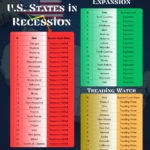
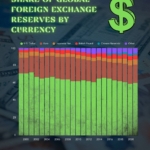


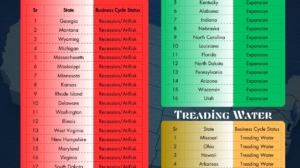
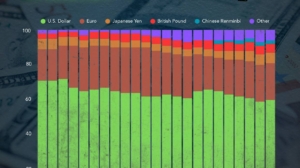


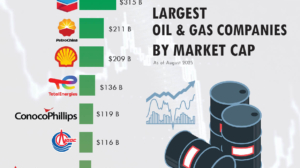
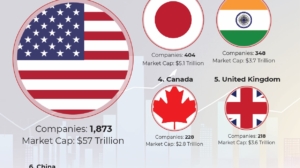
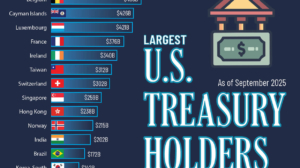

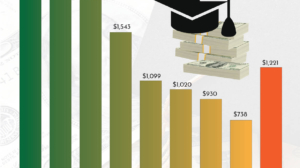
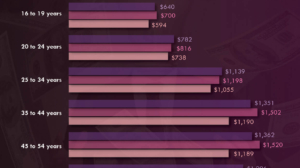
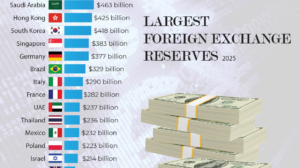
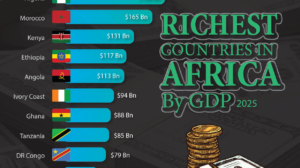
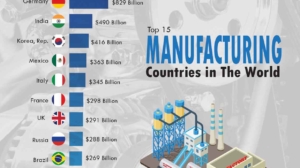
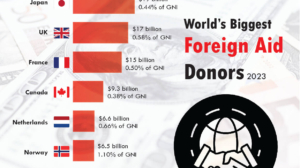
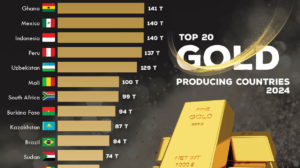
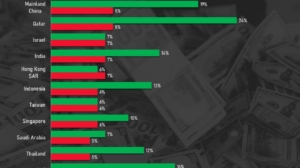
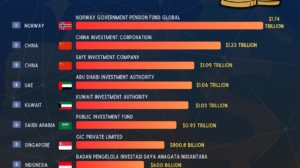
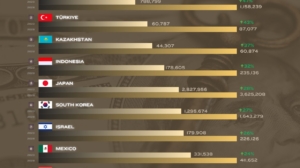
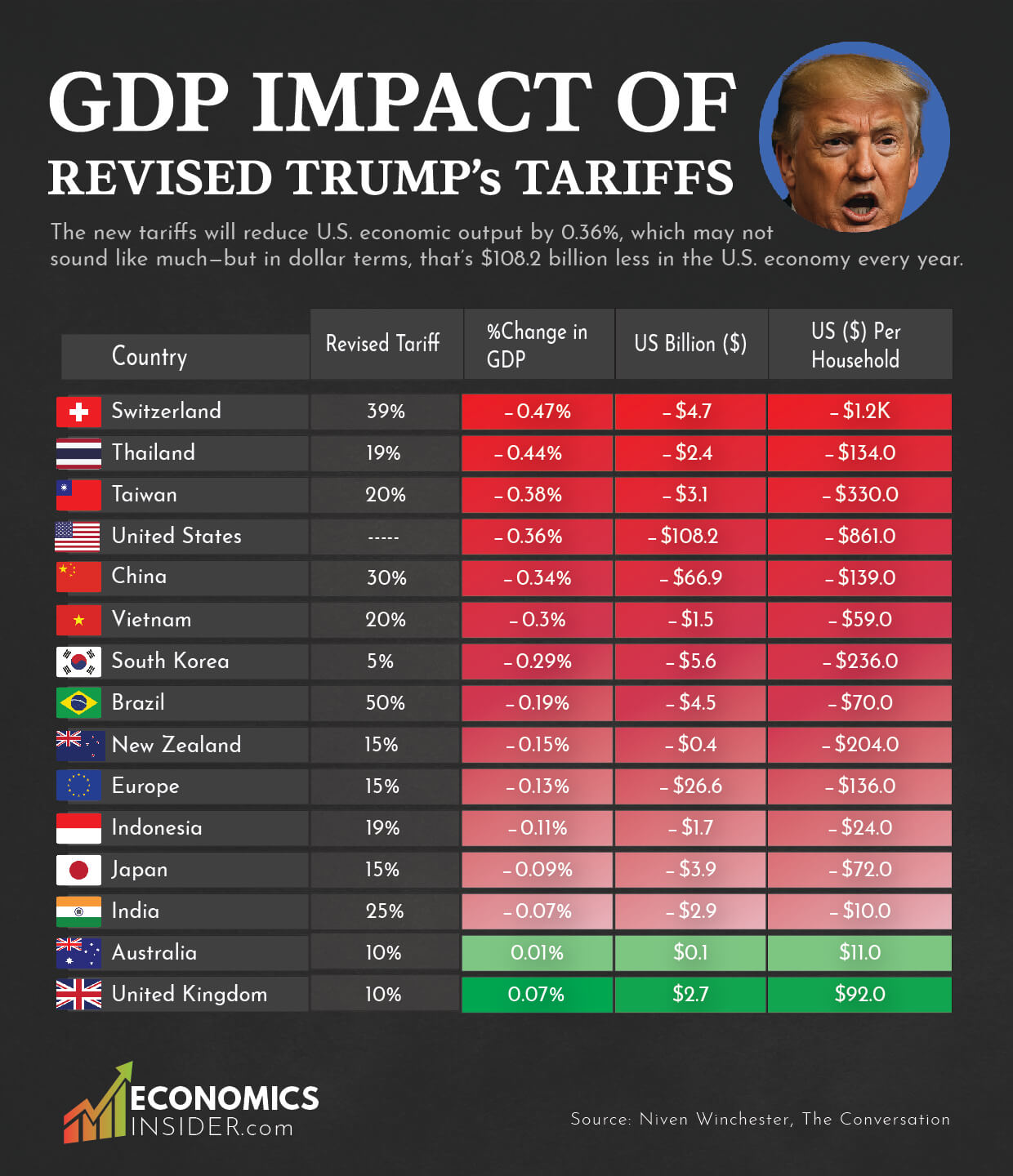

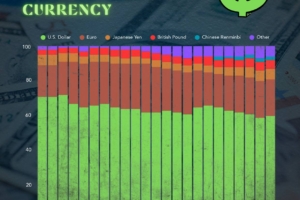
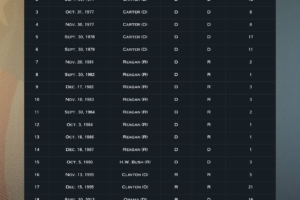








Add Comment